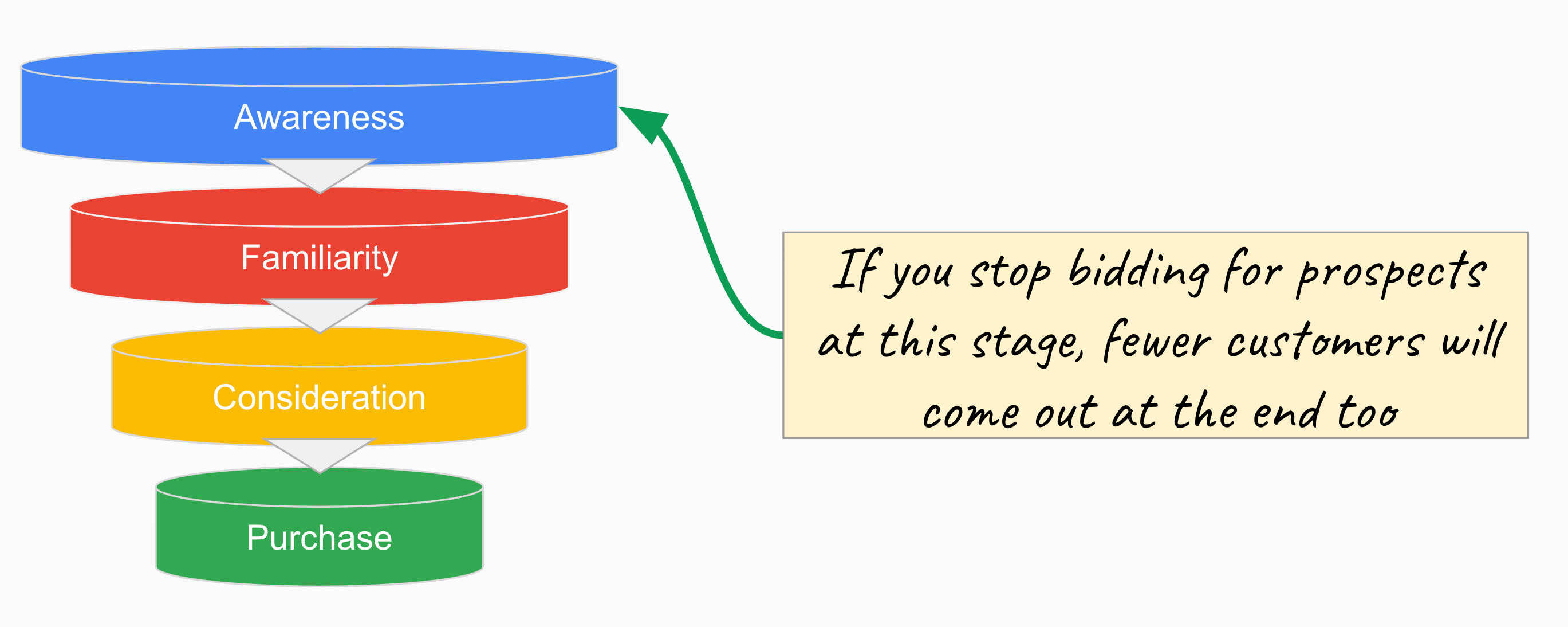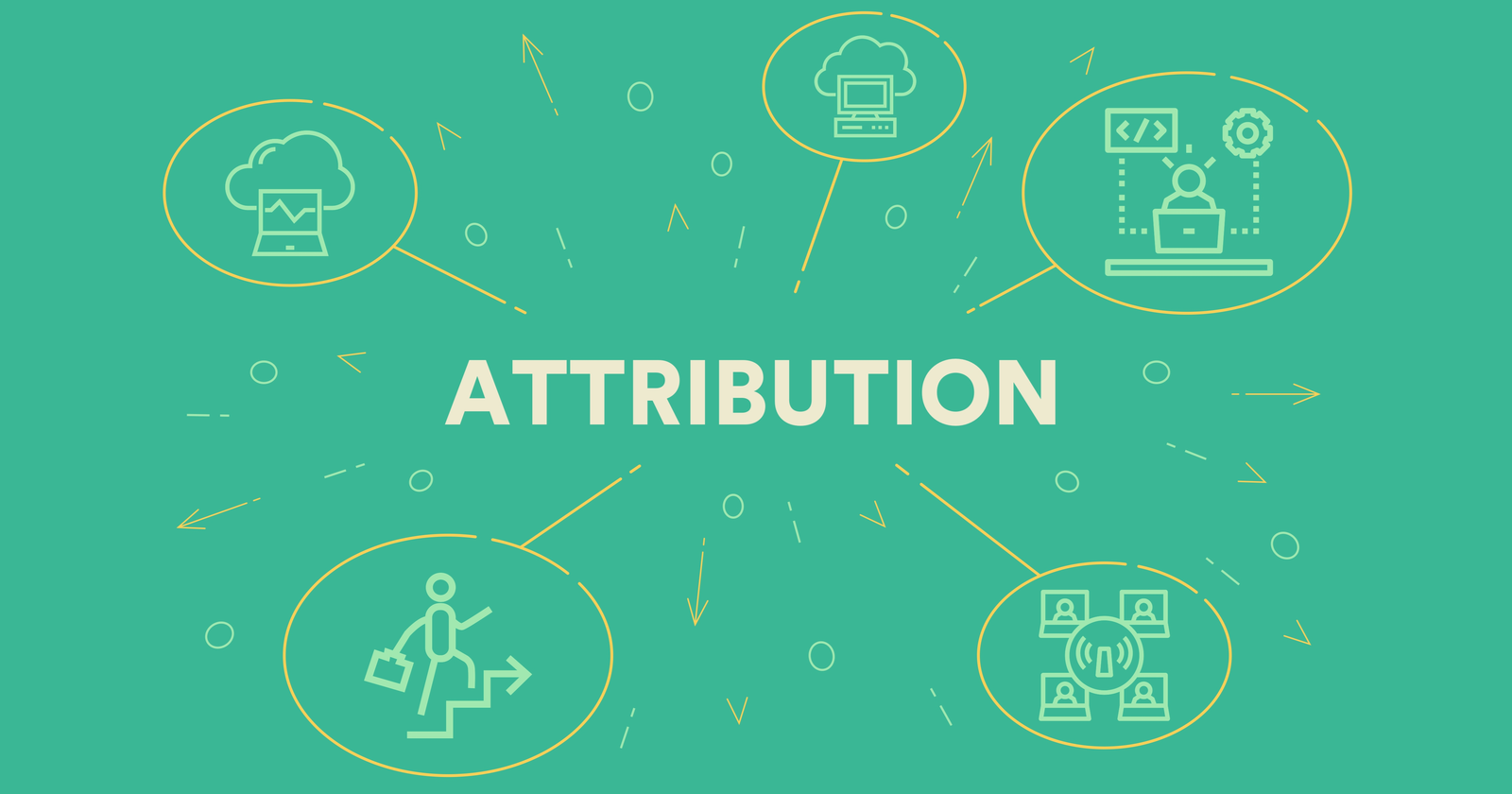Do you sometimes find yourself frustrated by the lack of results when trying a new automation, whether it’s Smart Bidding from Google or something you created yourself using a script or a macro in a spreadsheet?
You aren’t alone.
When the engines share case studies about amazing results from their latest automated account management system, what’s often left unspoken is all the work that went into creating the right conditions for the automation to shine.
For automations to be effective, some prerequisite conditions have to be met.
Here’s a simple way to illustrate the point that the effectiveness of automation depends on external factors. I picked up this concept from a presentation given by Russell Savage who founded FreeAdWordsScripts.com (which Optmyzr now owns).
 Self-driving cars work better with a well-marked road and correct GPS coordinates to the destination. Likewise, PPC automations like Smart Bidding rely on correct data to deliver results.
Self-driving cars work better with a well-marked road and correct GPS coordinates to the destination. Likewise, PPC automations like Smart Bidding rely on correct data to deliver results.Savage said that for an automation, like a self-driving car, to be effective, it helps if the roads are clearly marked.
Seems pretty obvious, right?
But now what if we had this perfect road but our GPS was off and tried driving to the wrong place?
We need clear goals and the correct measurements and sensors to get us there.
To translate this to the world of PPC, we need:
- A well-structured account.
- Correct conversion data.
- The correct attribution model (hint: the correct attribution model is not last-click attribution).
Machine Learning Depends on Correct Data
Machine learning models are as their name implies, systems that learn how to achieve something.
There are different specific approaches to achieving this learning capability. Generally it depends on refining the machine’s decision process when its decision or prediction is not in line with the expected and desired outcome.
Let me give a simple example from my days on the Quality Score team at Google.
A machine learning model looked at historical data about ad auctions. It looked at all the conditions of a search and the attributes of the ads that were clicked.
By comparing these signals, it might have learned that CTR is usually better when the advertiser’s domain corresponds to the location of the person doing a search (e.g., a French user might be drawn more to ads with .fr domains than with .de domains).
The machine can learn this because Google has correct data about click-through rates.
But what if their CTR data was inaccurate? Then the system might have started to reinforce what the humans who programmed it would consider incorrect decisions.
This is the idea of “garbage-in, garbage-out”. It’s the principle that good decisions are dependent on good information.
Because machines lack human judgment, they are even more dependent on good data than humans. They can’t easily determine that a prediction that seems statistically sound may simply not hold water in the real world.
So how do we give correct data to automations? It all starts with conversion tracking and attribution models.
Attribution Models Should Reflect Typical Consumer Journeys
Unless a consumer has strong brand loyalty, chances are they will do more than one search before buying something and they will have multiple touch points with a variety of brands during what’s called their customer journey.
A customer journey could have hundreds of steps so to simplify it a bit, we can think of a conversion funnel where steps of the journey are grouped into stages.
I’ll use the simpler visual of a funnel to explain why attribution models are so important when using any automation in an account.
In a funnel, prospects are moved through different phases until some of them eventually come out at the bottom of the funnel and become your customer.
Presumably, every stage of this funnel makes some contribution in the process of turning a prospect into a customer and the attribution model’s job is to assign the correct value to each of these stages.
Like I said before, most journeys are more than one step.
A last-click attribution model (or a first-click model) only values a single step so it doesn’t map well to typical consumer behavior.
It ignores contributions made by all the other steps the prospect took on their way to becoming a customer. 
Most consumers do multiple searches and need to be guided through the customer journey to conversion. Last-click attribution makes the mistake of not valuing earlier touch points like upper-funnel searches that help the prospect get to the searches typically done closer to a conversion.
Part of the reason account managers have been able to get away with imperfect attribution models is that in the days of manual account management, we could hope that account managers were smart enough to realize that a user searching for [washing machines] might not convert on the very next click.
By educating them about their brand’s reputation, that user might now be familiar with the brand and search for something more specific like [LG washing machines].
From there they might see ads about the whole range and be convinced to search for [best price for LG TWINWash] and convert on the next click.
We relied on the sensibilities of humans to not eliminate the more generic earlier searches even though they might show up in Google Ads as having driven no conversions.
Human Failsafes for Bad Attribution Data Don’t Work With Automation
But now, PPC is getting more automated every day. You might decide to test smart bidding where Google sets the CPC based on a target CPA goal or you might use a rules-based approach like with Optmyzr’s Rule Engine to find expensive keywords that aren’t driving conversions.
The problem is that most of these automations use conversion data to do their job.
And when they encounter upper-funnel keywords that have no conversions assigned to them because the measurement system uses last-click attribution, automations decide these important keywords are worthless and might eliminate them.
 Using last-click attribution with an automated bid management system will eliminate upper-funnel activity and eventually reduce the number of new customer acquisitions driven by PPC ads.
Using last-click attribution with an automated bid management system will eliminate upper-funnel activity and eventually reduce the number of new customer acquisitions driven by PPC ads.To you and me it’s immediately obvious this will produce bad results. But we can’t put the blame entirely on the automation.
The automation is doing its job, but with incomplete data and that can cause it to make subpar decisions that humans wouldn’t have made when manually managing the same account.
The Takeaway
Hopefully you’ve learned three things from this post:
- Automations don’t magically work by themselves. They still require help from humans.
- How you assign value for conversions matters more than ever if you’re using any automation. Last-click attribution is a risky one to use with automation.
- Our jobs as PPC pros are shifting from execution to putting the right combination of automated systems in place that will produce great results.
I know I can’t end this post without answering one critical question.
If we can no longer rely on last-click attribution, what model should we use instead?
That is a complicated answer that I will answer in a future post but I can share that a time-decay model is the obvious first choice for advertisers who are unsure of which of Google’s six options to pick.
Time-decay most closely resembles last-click but has the added benefit that it assigns at least some value for every stage in the customer journey.
More Resources:
- What Search Marketers Need to Know About Attribution
- Is Conversion Lift the Future of Attribution?
- PPC 101: A Complete Guide to PPC Marketing Basics
Image Credits
In-post images/screenshots by author, June 2019


